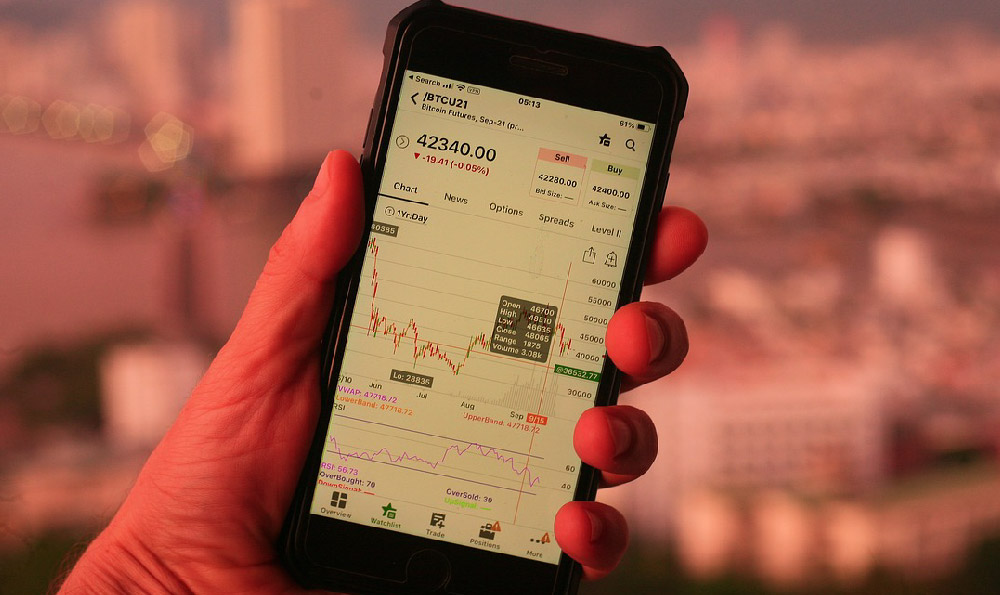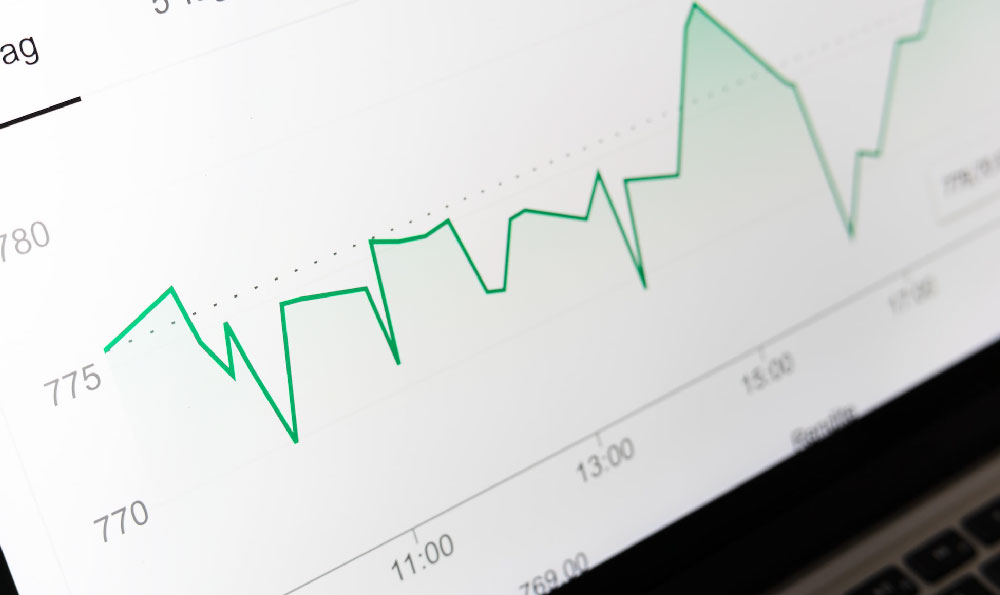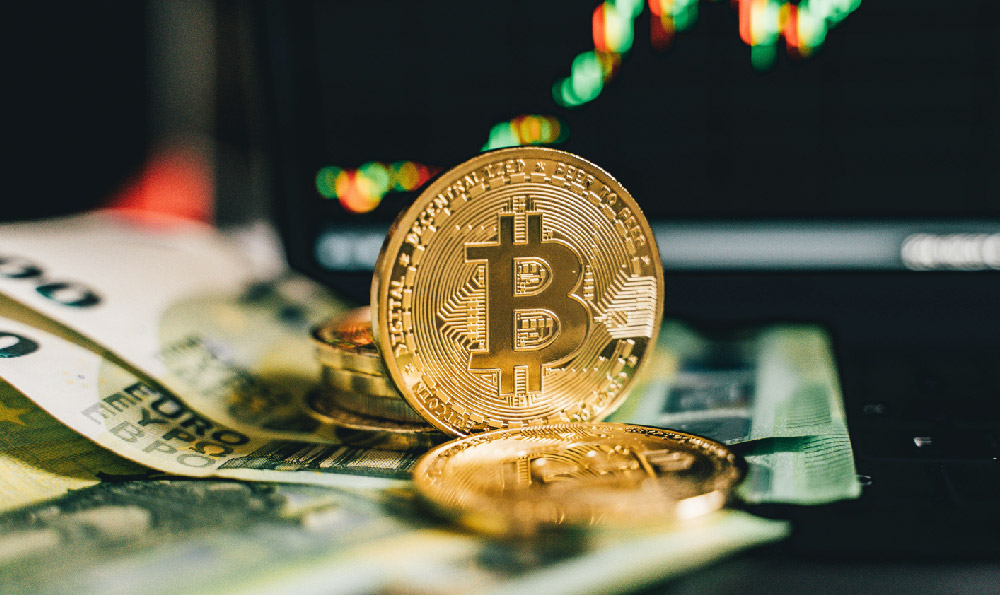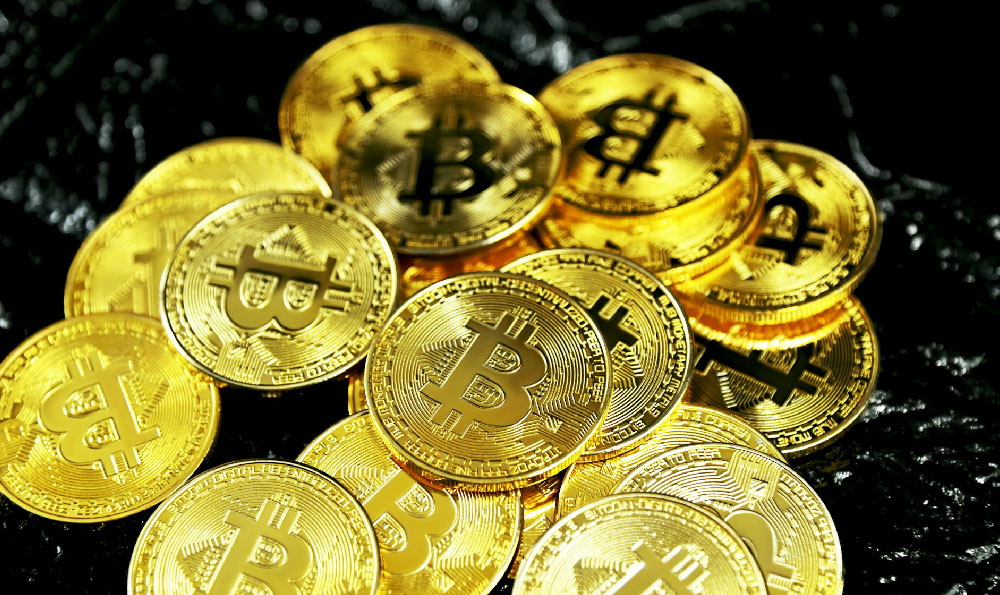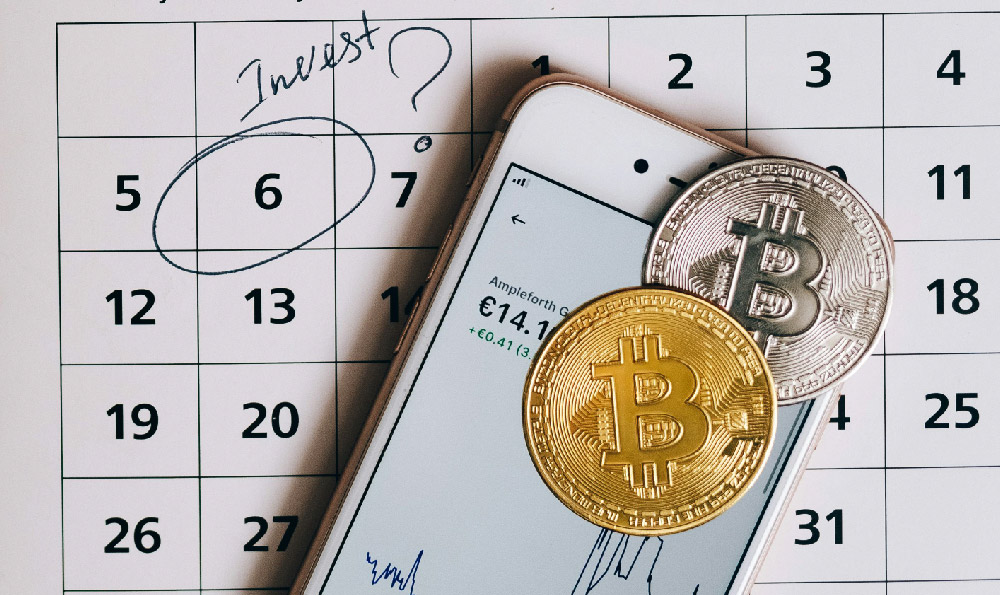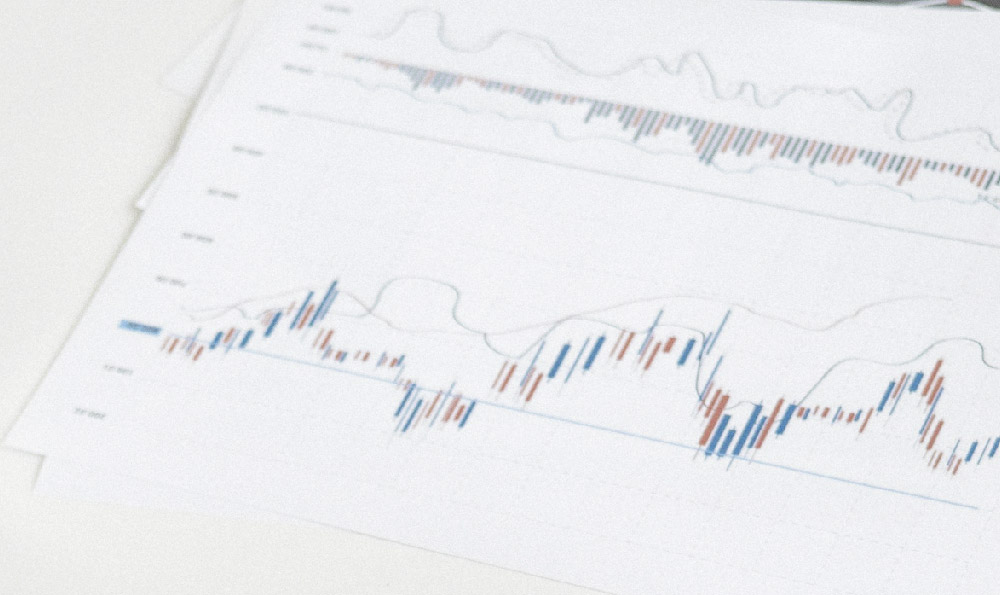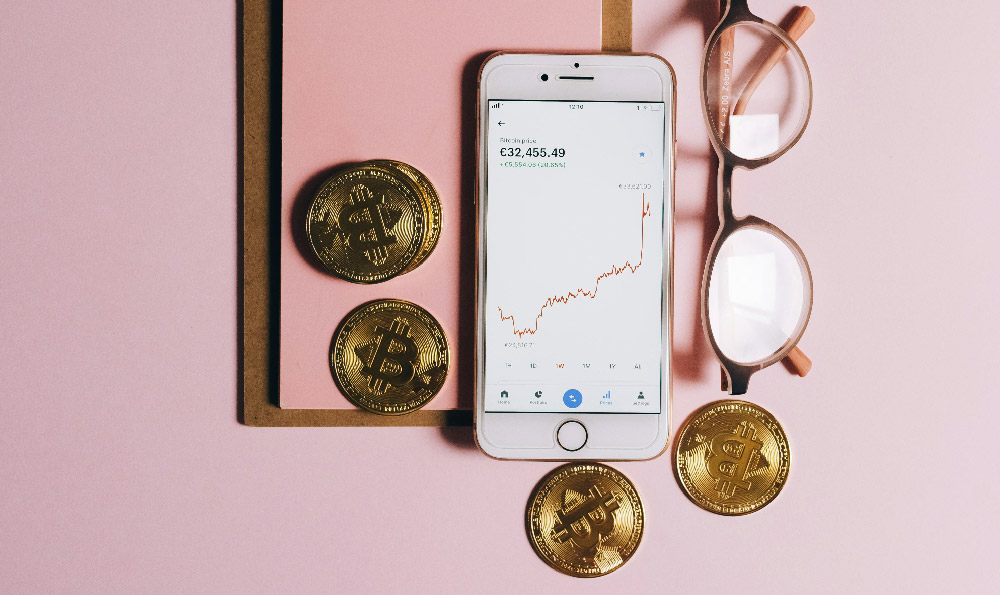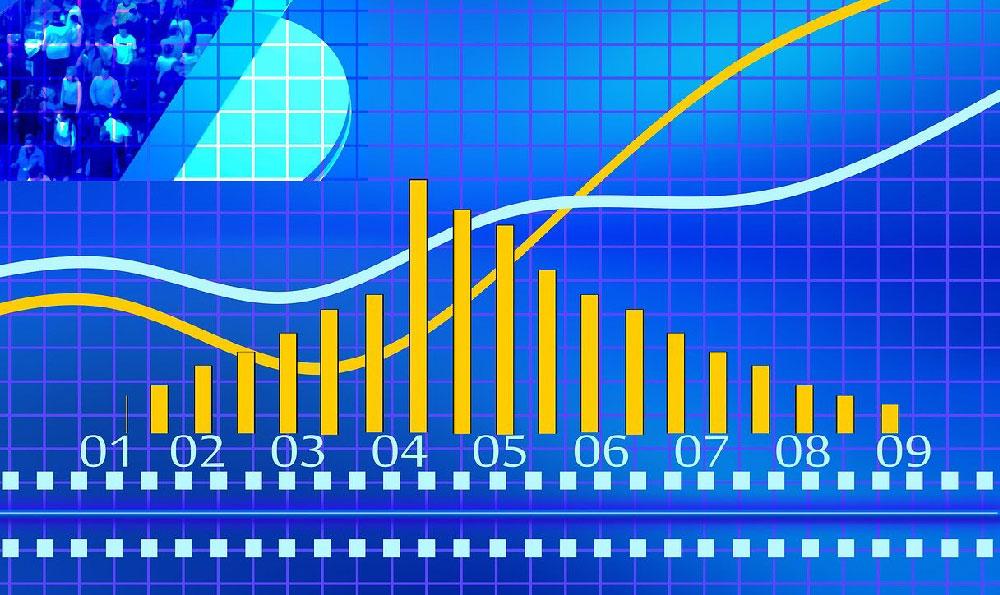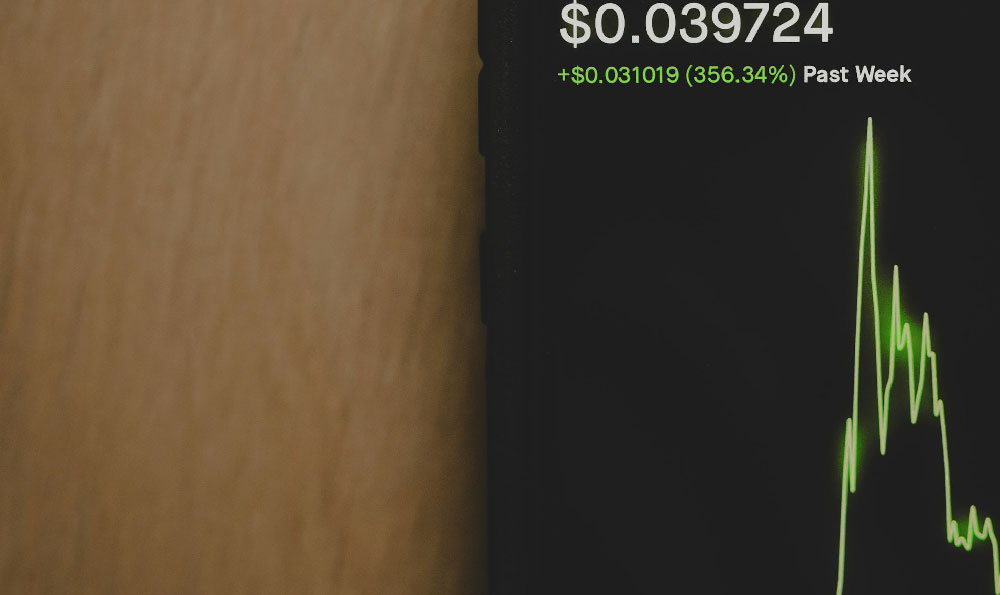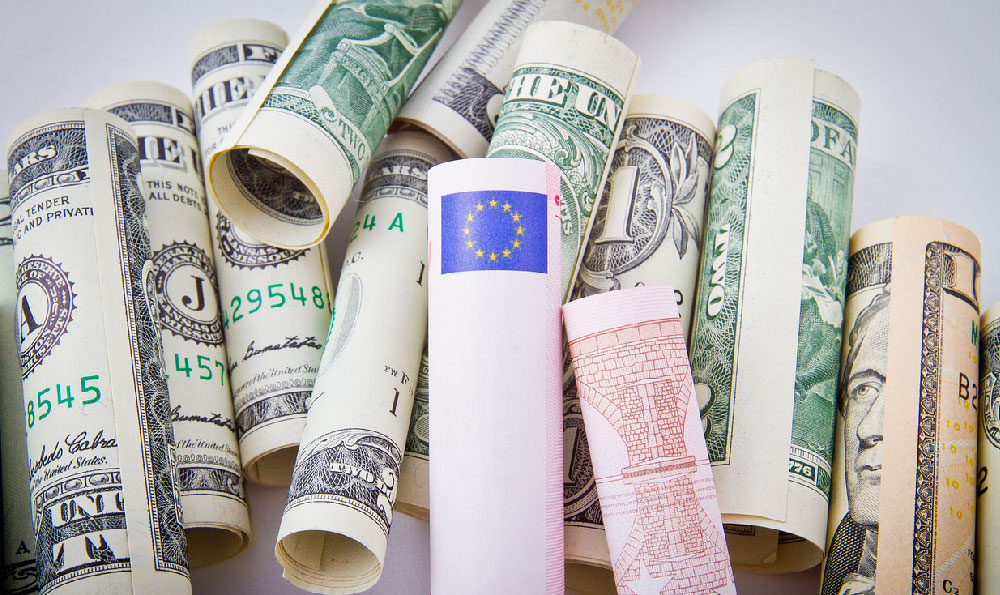Alright, let's delve into the murky but fascinating world of Spotify artist earnings and how the platform's payout system operates. Understanding this landscape is crucial for any aspiring or established musician hoping to navigate the digital music ecosystem successfully. It's a topic fraught with complexity and nuance, and often misunderstood, so let's break it down systematically.
The short answer to "How much do Spotify artists earn?" is: it varies wildly. There's no fixed rate card. Several factors influence an artist's payout, making it challenging to provide a definitive figure. The per-stream rate is a constantly fluctuating variable, and it's usually measured in fractions of a cent. It's important to understand that Spotify doesn't directly pay artists. Instead, they pay rights holders, which can include record labels, publishers, distributors, and collecting societies, depending on the artist's agreements and how they choose to release their music. These rights holders then distribute the royalties to the artists based on their contractual arrangements.
One of the primary factors affecting payout is the artist's distribution agreement. An artist signed to a major label will have a different revenue split than an independent artist releasing music through a distributor like DistroKid, TuneCore, or CD Baby. Major labels typically retain a significant percentage of the royalties, sometimes as much as 80-90%, while independent distributors usually offer artists a higher percentage (often around 100% minus a small distribution fee) in exchange for a simpler service. However, it's important to consider the trade-offs. Major labels often provide extensive marketing, promotion, and production support that independent artists may have to fund themselves.
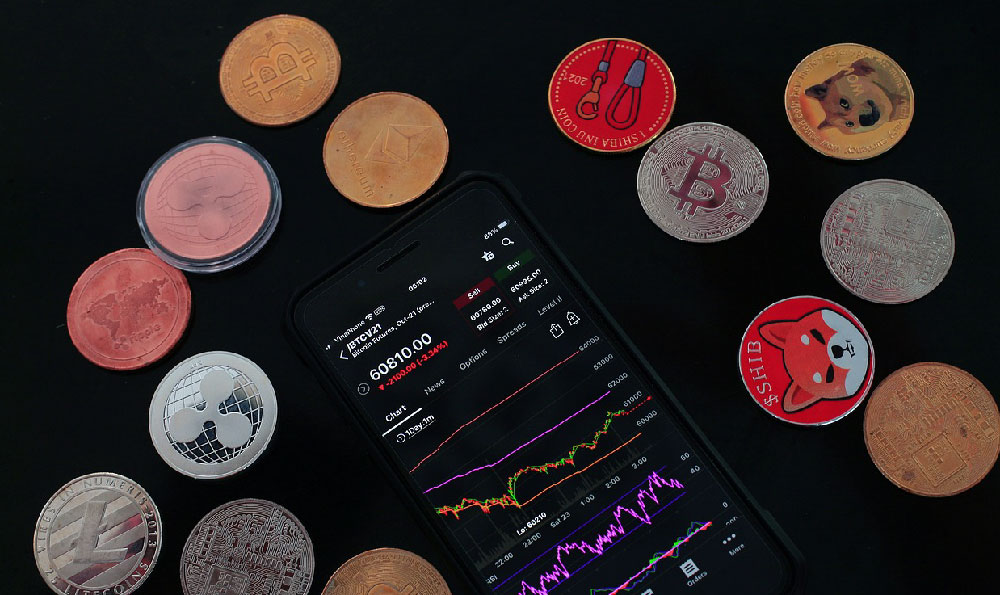
Another crucial factor is the listener's location. Spotify operates in various countries with varying subscription prices and advertising revenues. Streams from subscribers in wealthier countries with higher subscription rates (like the US, UK, or Germany) generally generate more revenue per stream than streams from countries with lower subscription rates or ad-supported models (like India, Brazil, or Mexico). This geographical disparity contributes significantly to the variability in artist payouts.
The number of streams, of course, is a critical determinant of earnings. While a single stream may generate only a tiny amount of revenue, millions of streams can translate into substantial income. However, it's important to distinguish between genuine streams and artificial streams generated by bots or other fraudulent means. Spotify actively combats artificial streaming activity and may withhold royalties from artists suspected of engaging in such practices. Such practices are a breach of terms of service and can lead to account termination.
Beyond these fundamental factors, other elements can influence artist payouts. These include the artist's popularity and negotiating power, the type of music being streamed (instrumental music, for example, may generate less revenue due to different licensing arrangements), and the presence of promotional campaigns. Spotify also occasionally adjusts its royalty rates based on market conditions and negotiations with rights holders.
Now, let's delve into how the Spotify payout system works on a more granular level. Spotify collects revenue from two primary sources: subscription fees and advertising revenue. A portion of this revenue is allocated to rights holders based on their share of the total streams on the platform. This is where it gets a bit complicated. Spotify uses a "pro rata" model, meaning that the total revenue pool is divided proportionally among all rights holders based on their respective stream shares.
To illustrate this, imagine that Spotify generates $1 billion in revenue in a particular month. After deducting Spotify's operational costs, a significant portion of the remaining revenue is allocated to rights holders. Let's say that $700 million is designated for rights holders. This money is then divided proportionally based on the total number of streams on the platform. If an artist's songs account for 1% of all streams on Spotify during that month, they will receive 1% of the $700 million allocated to rights holders, which would be $7 million.
However, this $7 million doesn't go directly to the artist. As mentioned earlier, it goes to the artist's rights holders (record label, distributor, publisher, etc.). These rights holders then distribute the royalties to the artist based on their contractual agreements. This is why understanding your contracts and negotiating favorable terms is crucial for maximizing your earnings as an artist.
Furthermore, Spotify has implemented minimum stream thresholds and other policies that can affect payouts. For example, Spotify may require a minimum number of streams (e.g., 1,000 streams) and a minimum number of unique listeners (e.g., 50 listeners) within a 12-month period before an artist becomes eligible to receive royalties. These thresholds are designed to combat fraud and ensure that payouts are directed towards legitimate artists.
In conclusion, determining exactly how much Spotify artists earn is a complex calculation. The per-stream rate is a variable that depends on numerous factors including the listener's location, the artist's distribution agreement, and overall revenue generated by Spotify. Understanding the platform's payout system, including the pro rata model and minimum stream thresholds, is vital for artists aiming to monetize their music effectively. Remember to meticulously review distribution contracts and seek professional advice when necessary, to ensure you are positioned to maximize your earnings within the digital music landscape. It's a long game, and building a dedicated fanbase through high-quality music and effective promotion remains the most reliable path to sustainable income.



